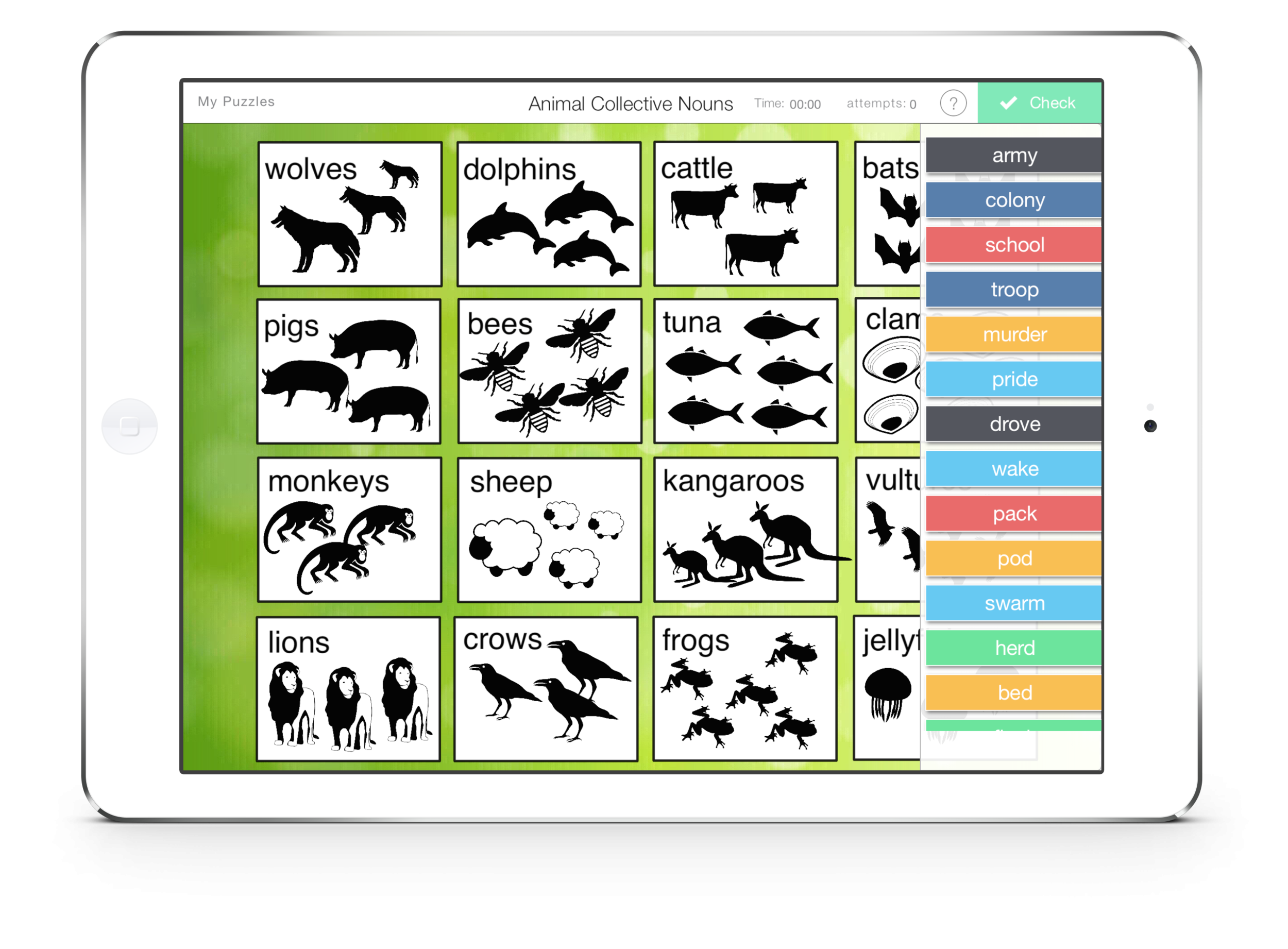When we think of animals, we often think of them as individuals. However, there are unique terms used to describe groups of animals that capture their collective nature. These terms, known as collective nouns, add a touch of whimsy and poetry to the English language.
From a murder of crows to a parliament of owls, these collective nouns not only provide insight into the behavior of these animals but also spark the imagination. Let’s delve into the fascinating world of collective nouns of animals.
Collective Nouns of Animals
One of the most well-known collective nouns is a “herd” which is commonly used to describe a group of cattle, deer, or elephants. Another popular term is a “pack” which is used for wolves, hounds, or cards. A “flock” is used for birds such as geese, while a “pod” is used for dolphins. These terms not only describe the group but also convey a sense of unity and cohesiveness among the animals.
For insects, a “swarm” is used for bees or locusts, while a “colony” is used for ants or termites. Interestingly, a group of jellyfish is called a “smack,” adding a touch of humor to the marine world. These collective nouns highlight the unique characteristics and behaviors of each species, making them more memorable and intriguing to learn about.
Some collective nouns are not only descriptive but also visually striking. For example, a group of flamingos is called a “flamboyance,” reflecting the vibrant colors and graceful movements of these birds. A “murder” of crows may sound ominous, but it captures the mysterious and intelligent nature of these black birds. These evocative terms add depth and richness to our understanding of animals and their social structures.
As we explore the diverse world of collective nouns of animals, we gain a greater appreciation for the beauty and complexity of the natural world. These terms not only serve as linguistic curiosities but also remind us of the interconnectedness of all living beings. Whether it’s a “parliament” of owls or a “pride” of lions, each collective noun paints a vivid picture of the group dynamics and social bonds that exist among animals.
In conclusion, collective nouns of animals add a touch of magic and wonder to our language, allowing us to see the animal kingdom in a new light. The next time you encounter a group of animals, remember to use the appropriate collective noun to capture the essence of their collective spirit.
